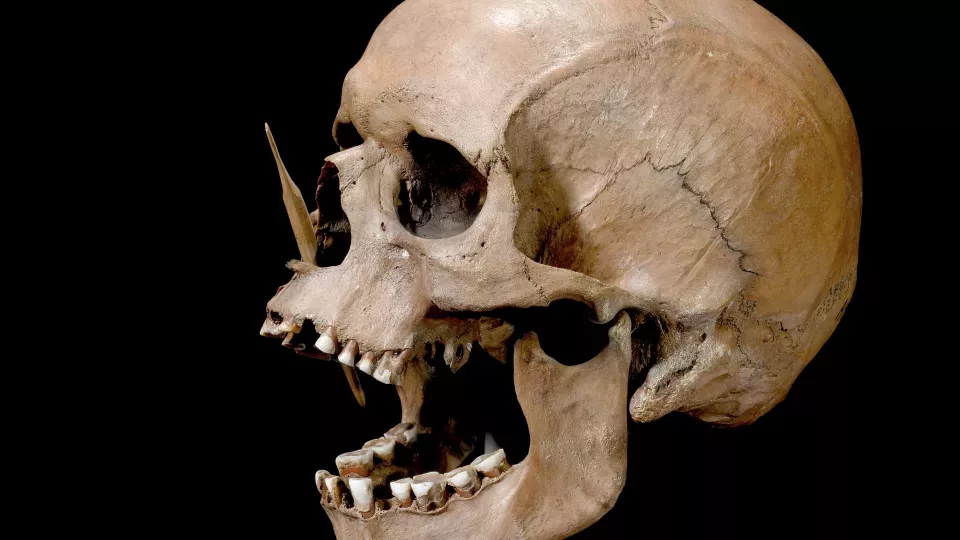
Through meticulous DNA analysis of ancient skeletons and teeth, a team of international researchers led by Lund University in Sweden has unearthed startling revelations about the region’s prehistoric inhabitants.
Some 5,900 years ago, as the first farmers set foot in Scandinavia, the era of hunter-gatherers — those who had lived off the land through gathering, hunting, and fishing — came to a brutal and abrupt end. Contrary to what we previously believed, this transition was marked by violence and disease, leading to the near-complete disappearance of the hunter-gatherer communities within just a few generations.
The consensus among historians is that the transition from Stone Age hunter-gatherers to Neolithic settled farming societies would have been relatively peaceful. However, these new findings overturn this assumption — at least for Scandinavia.
“This transition has previously been presented as peaceful. However, our study indicates the opposite. In addition to violent death, it is likely that new pathogens from livestock finished off many gatherers,” Anne Birgitte Nielsen, geology researcher and head of the Radiocarbon Dating Laboratory at Lund University, said in a press release.
The Waves of Change

This study explores how the population in Denmark changed over 7,300 years, from ancient hunter-gatherers to early farmers and Bronze Age societies. The researchers looked at DNA from 100 ancient individuals to understand these changes. They also examined diet through carbon and nitrogen in bones, movements through strontium in teeth (showing where individuals grew up), and environmental changes through pollen records.
The study found dramatic changes in the population’s genetic makeup, indicating migrations and massive shifts in culture and lifestyle.
Researchers highlighted not one, but two significant population turnovers in Denmark over the last 7,300 years. The first was the arrival of the farmers, who brought with them new ways of living as well as new diseases, likely from livestock, that the native hunter-gatherers were ill-equipped to withstand.
A millennium later, a second wave of change washed over Scandinavia. This time, people with genetic roots in the Yamnaya culture from southern Russia, known for their livestock herding and semi-nomadic lifestyle, swept through the region. These newcomers, with robust physiques and a mobile way of life facilitated by horses and carts, replaced the farming communities that had previously ousted the hunter-gatherers.
There is archaeological evidence that this was a violent time both in Denmark and Sweden. There seemed to have been many arrows fired and individuals slain during this time.
Today’s Danes, and to a certain extent Swedes, trace their genetic lineage back to these Yamnaya-descended populations. The first farmers’ DNA has been nearly wiped from the historical record, highlighting the stark nature of these population turnovers one after the other.
“We don’t have as much DNA material from Sweden, but what there is points to a similar course of events. In other words, many Swedes are to a great extent also descendants of these semi-nomads,” says co-author Anne Birgitte Nielsen.
The implications of this research extend far beyond rewriting historical narratives. By providing a clearer picture of ancient migration patterns and societal changes, the study also offers insight into the development of modern diseases and genetic inheritance.
“Our results help to enhance our knowledge of our heredity and our understanding of the development of certain diseases. Something that in the long term could be beneficial, for example in medical research,” concludes Anne Birgitte Nielsen.
The findings appeared in the journal Nature.






